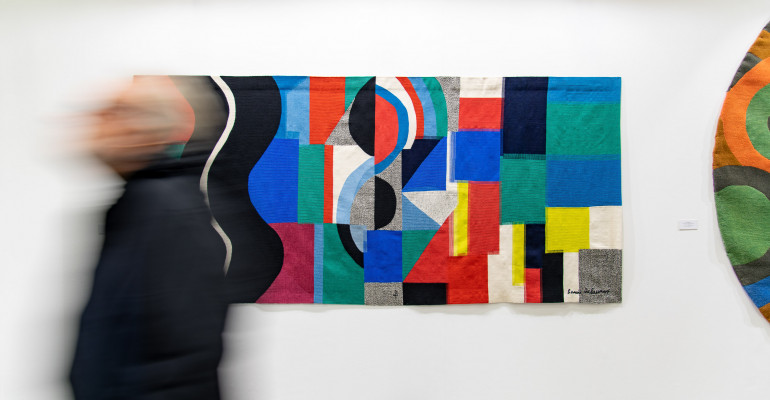
I have always considered art to be the precursor and inspiration of architecture. Contemporary art is partly pure, slightly crazy, creativity and partly provocation: the pragmatism and rationality of beauty striving to create dialogue between people’s practical lives and their human, social and urban context.
Bologna’s Artefiera is one of the places where this dialogue is most present and interesting. And not only for the size of the event – a real labyrinth of big exhibition pavilions – or the quantity of young artists and this century’s big names, but also, and especially, for how the exhibition is able to contaminate the whole city.
Of course all large recurring shows now sprawl beyond their fair grounds due to their cultural and economic significance. It happens in Venice as much as in the large fair spaces of Milan, or the smaller Florentine spaces where furniture and fashion buyers meet. But when we’re talking about art, this phenomenon is very interesting and always presents new aspects.

There are numerous side-events and lots of connections between sculpture, painting, installations and photography that for four days become the character and daily life of an entire city.
In my view, there are two main trends that could most influence our “practical” work. The first is perhaps the stronger – independently of individual artists or performers – and regards the rediscovery of “classic” materials: marble, bronze, steel. It’s as if art had discovered it needed indisputable solidity even in contemporary life in comparison to some of the volatile and disposable trends of the recent past.
The second is the presence of a strong component of the best of last century’s contemporary art tradition at the fair, almost a return to the origin of an art born of the wealth and cultural and social needs of the post-war period. The well-known names are numerous as are the styles and expressive forms, but what seems to matter more isn’t this or that name, but rather their continuing influence on today’s contemporaneity and probably tomorrow’s.
by Ilenia Girolami



